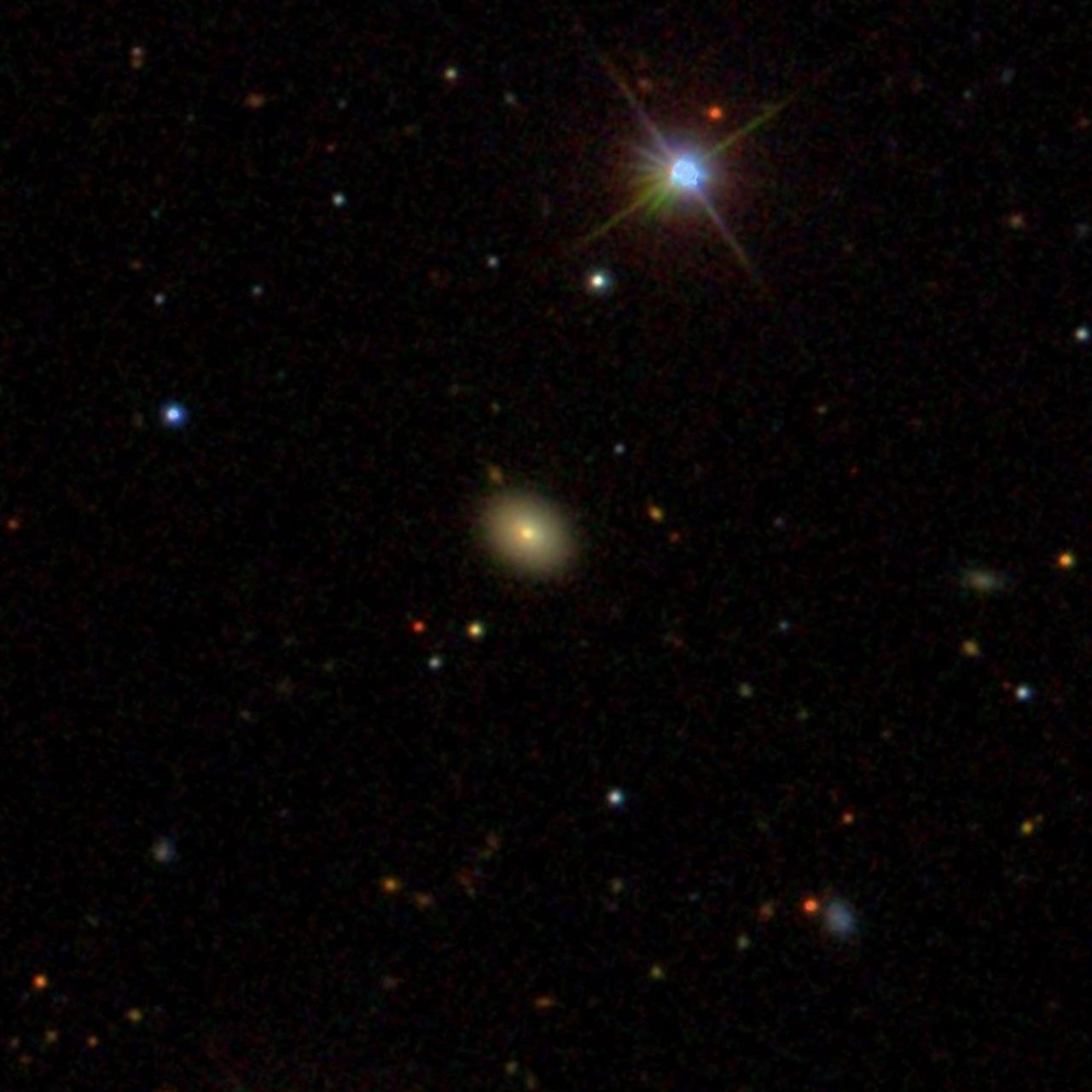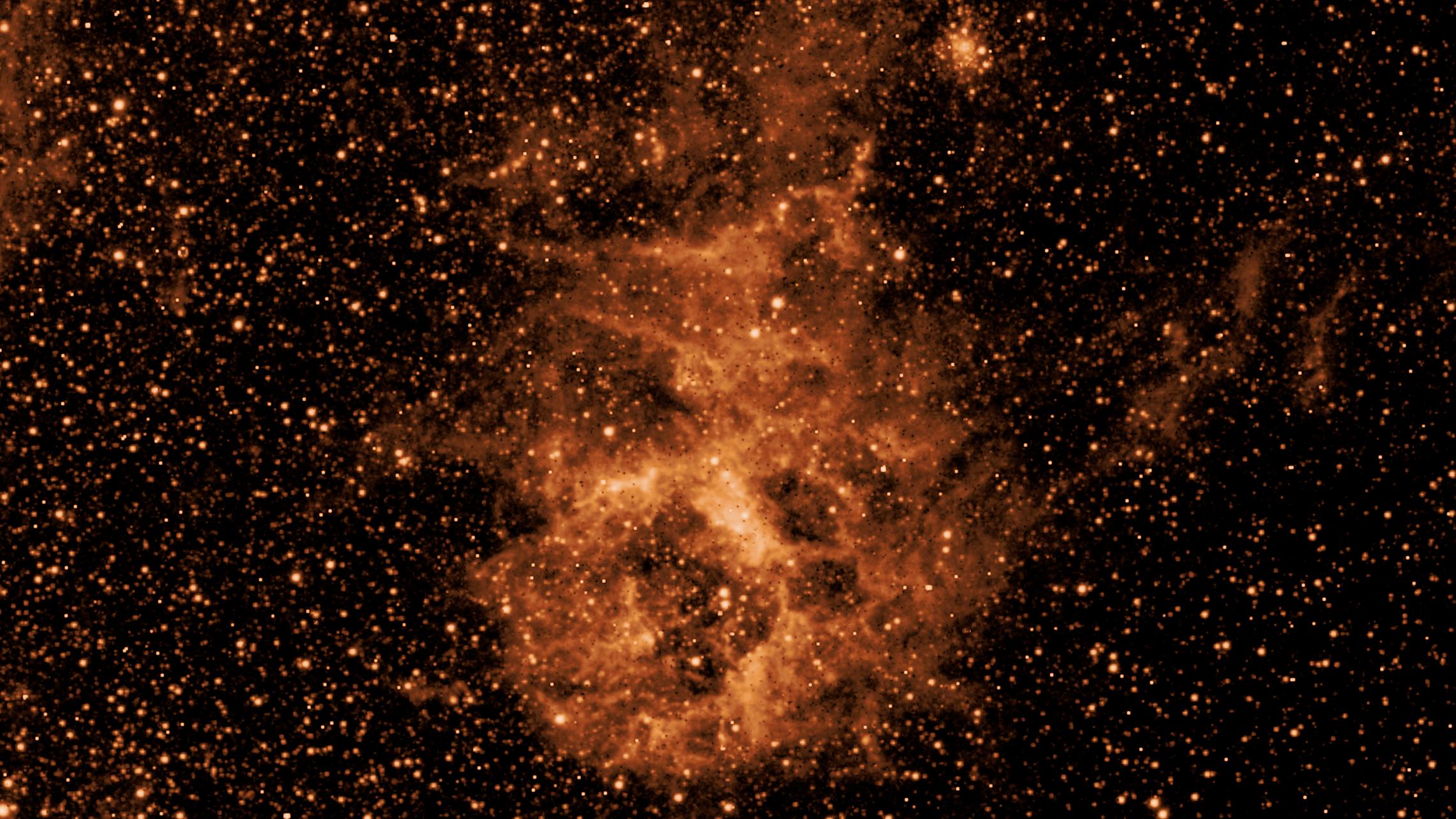Now Reading: NASA’s NICER Maps Debris from Repeated Cosmic Collisions
-
01
NASA’s NICER Maps Debris from Repeated Cosmic Collisions
NASA’s NICER Maps Debris from Repeated Cosmic Collisions

Quick Summary
- Astronomers,using NASA’s NICER and other missions,have studied recurring X-ray outbursts near black holes known as quasi-periodic eruptions (QPEs).
- Ansky, a QPE source located about 300 million light-years away in the Virgo constellation, produces the most energetic and longest-duration eruptions observed so far.
- eruptions occur roughly every 4.5 days and last about 1.5 days.
- Scientists theorize that QPEs are caused when a smaller celestial object passes through the gas disk of a supermassive black hole, creating expanding clouds of hot gas.
- Observations from NICER revealed rapid ejected material driving QPEs at velocities nearing 15% of the speed of light with approximately Jupiter’s mass affected in each event.
- Ansky’s unique large gas disk may explain its extreme eruption properties compared to other systems studied.
- Continuous observations are helping scientists better understand space phenomena like QPEs while preparing for future multimessenger astronomy missions such as ESA’s LISA project.
Indian Opinion Analysis
The study of quasi-periodic eruptions (QPEs) represents an important advancement in understanding high-energy cosmic phenomena. India has made significant contributions to global astronomy efforts through observatories such as ASTROSAT and programs focused on analyzing X-ray sources. Collaborative projects like these provide valuable lessons for Indian astrophysics research teams seeking partnerships on multimessenger astronomy initiatives.
The findings regarding Ansky highlight the precision capabilities critical for deep-space observation-an area where international participation could benefit India with expanded access to advanced scientific instruments like NICER or upcoming missions like LISA. moreover, this research underlines how exceptional observational frequency can yield transformative insights into phenomena occurring near supermassive black holes.
India stands at an interesting crossroads: investments in high-tech telescopes or space-based observatories could significantly bolster its role within this frontier science domain while enabling partnerships with agencies such as NASA or ESA.As cosmic events like QPEs have broader implications for modeling gravitational waves-a rapidly emerging field-the alignment between India’s growing space ambitions and global research must remain strategic.
























